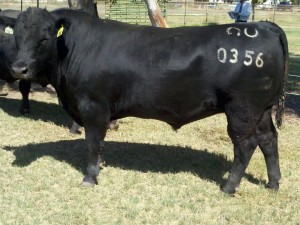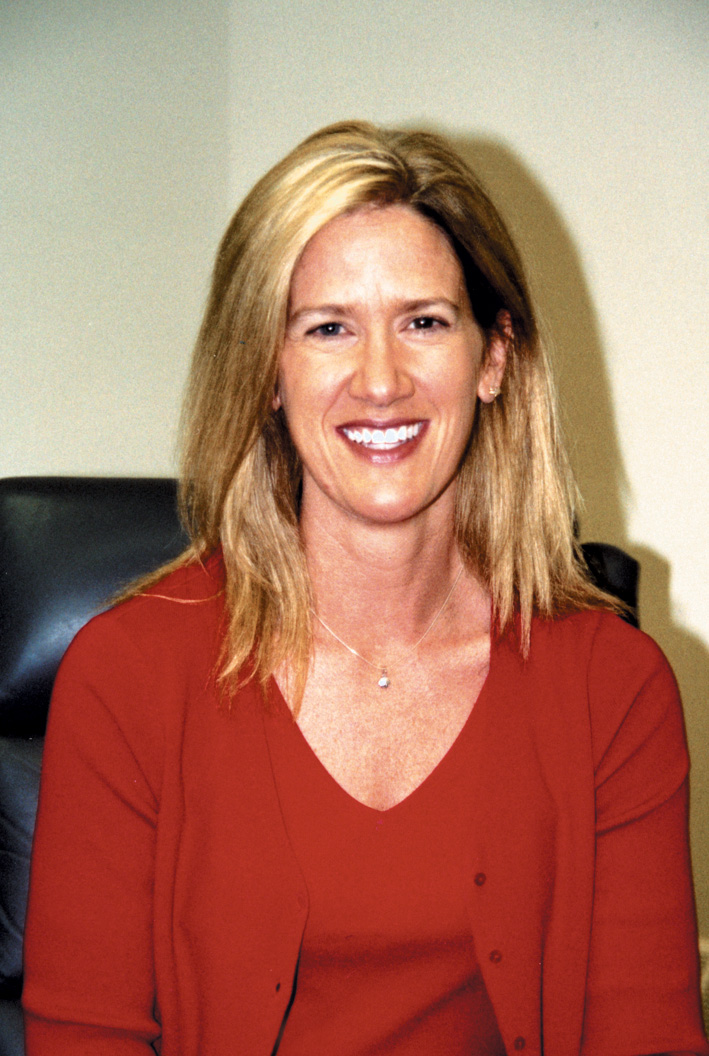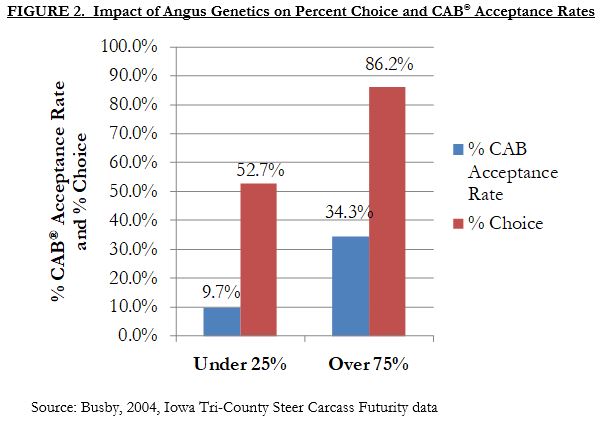I like history. Not just the common 5th period class we all goofed off in in junior high kind. I’m talking a history of people – particularly those I know.
I may not find it in textbooks, but through time spent, memories secured and conversations had, I can begin to figure out what makes those close to me unique, passionate and perhaps even a bit predictable.
Turns out I like knowing the history of my cattle, too.
 Did you know that, like clockwork, each Friday morning, at 10 a.m. Central Time, the American Angus Association releases updated EPDs (Estimated Progeny Differences) to their website? They know we want to know as much as we can about our cattle before we make decisions that will play out down the road.
Did you know that, like clockwork, each Friday morning, at 10 a.m. Central Time, the American Angus Association releases updated EPDs (Estimated Progeny Differences) to their website? They know we want to know as much as we can about our cattle before we make decisions that will play out down the road.
Just this minute there are more than 18 different traits and indexes that get updated and analyzed that frequently. From those that directly impact production on the ranch, like weaning weight and mature cow size, to carcass characteristics, heifer pregnancy and feed intake, a wide variety of traits are measured to help us learn our cattle.
Not to mention there’s also profit indexes like “$W” (Weaned Calf Value) and “$B” (Beef Value), that help identify the most profitable combinations of those traits. So whether you’re someone producing calves on the ranch or purchasing feeder cattle, that information is available to you to determine which genetics are most profitable.
8,000,000
A number like that can stand on it’s own, and so can the cattle it supports.
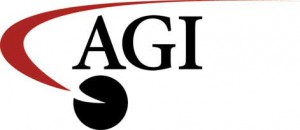 Dan Moser knows more than a thing or two about cattle genomics and as president of Angus Genetics Inc. (AGI), he says one of the real advantages of the breed is our tradition and culture of data collection.
Dan Moser knows more than a thing or two about cattle genomics and as president of Angus Genetics Inc. (AGI), he says one of the real advantages of the breed is our tradition and culture of data collection.
“We’re talking about a database that includes 8,000,000 animals with weaning weights submitted, over 1,000,000 cattle that have been measured with ultrasound for carcass traits, over 100,000 actual carcass records in the database that are all being used, along with genomics, to do these weekly genetic predictions.”
I stare at those numbers and it looks like a whole lot of history to me. The exciting thing is with Angus genetics so advanced, we can skip much of the time it takes to create history with the simple act of pulling a blood sample from a baby calf.
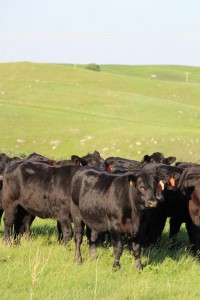 “The oldest cow around is likely going to produce 10 or 11 calves,” Dan says. “Well, we can do a genomic test and tell as much about her genetics as if she produced 20.”
“The oldest cow around is likely going to produce 10 or 11 calves,” Dan says. “Well, we can do a genomic test and tell as much about her genetics as if she produced 20.”
That means the accuracy of an EPD based on genomics is the same as having 10-20 progeny already measured.
It’s nothing new.
Dating all the way back to the 1940s, ’50s and ’60s, Angus breeders have been leading the charge in data collection.
Dan says the amount of data coming in varies with the seasons but, this time of year, it’s common for his office to receive 2,000 to 3,000 genomic tests in a week.
“In some weeks, we might have 10,000 weaning weights come in in a single week.”
Pair those with the EPDs and you’ve got a bovine history book on your hands.
Thanks for allowing me to tell your story,
Laura
PS—We’re on a month-long quest called, “Every number has a story.” Follow along—it’ll be fun.
Day one: $6.93
Day two: 2.5 million
Day three: $204.10
Day four: 12.1 million
Day five: 11/13
Day six: 8 million
Day seven: 139
Day eight: $39
Day nine: 30.1%
Day 10: 120 million
Day 11: -2.26
Day 12: 12 to 15 minutes
Day 13: 30%
Day 14: 32 million
Day 15: $154,000

